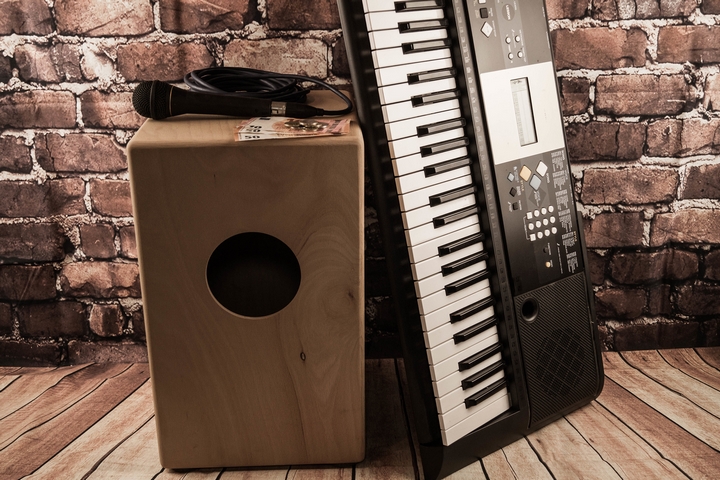Many of us like to believe that, with enough effort, we can move heavy objects on our own. Sometimes, this is the case. Other times, we often get humbled by feats of this magnitude. Take, for example, moving a piano.
The archetypal musical instrument is extremely heavy, and moving it around is a delicate process. Without proper care, you’ll either be unable to make it budge, or risk serious injury if you are trying to move it upstairs. All moving procedures have to be taken with the utmost of care. As it pertains to delicate, heavy objects such as a piano, this sentiment increases tenfold.
If this is concerning to you, here are seven steps on how to move a piano up the stairs:
Step #1: Consider your house layout

Most well-thought out plans involve assessing your circumstances first. When you move a piano up the stairs, the difficulty will vary depending on your house environment. Prior to conducting the move, take a look at the factors involving the layout of your residence.
For example, does your home have multiple flights of stairs? Are the staircases steep? Are there any landings between the possible staircases involved? These are all questions that must be considered before moving the instrument to an upper level. Depending on your unique situation, the move most likely will require assistance from professional movers.
Step #2: Review the piano’s weight

Since there are different types of pianos on the market, you’ll have to also take into consideration its weight. Electric pianos often weigh the least, and can be moved either by yourself or with the assistance of a friend. Upright pianos, and especially grand pianos, weigh significantly higher and will definitely require more individuals to help with the move.
Step #3: Obtain the moving supplies

Once you have determined the dimensions of your stair layout and piano weight, you’ll need to gain the requisite equipment. For moving a piano upstairs, a four-wheel dolly of varying size will be needed, to distribute the weight accordingly. Moving blankets will also be required in order to both protect your piano from potential scratches, as well as your stairs if no carpet covers it.
In addition, furniture straps will prove to be a significant aid during the actual move. These tools provide a better grip when holding on to the piano at all stages of the move. Grab some gloves as well to protect your hands, and always protect your feet by wearing shoes!
Step #4: Assemble a moving team

In most cases, you will absolutely need more manpower to successfully move a piano upstairs. Risking injury by trying to do this yourself is never a good option, so you should at least get a couple people to assist in the job. Make sure everyone you recruit is physically prepared enough for the ordeal. It is easy to blow out one’s back if not physically fit enough to move an object of this scale!
Step #5: Prepare the piano for moving

Take a look at the design of the piano. There are steps to take in order to ensure it is safely prepared for a physical move up the stairs. First, close the lid in order to protect the keys inside. Then, wrap the entire instrument with moving blankets so that the interior and exterior can be safeguarded.
The final step is to remove the metal casters from the bottom of the instrument, so that it can be balanced easier while on the four-wheel dolly. If your piano also comes with a lock on the lid, make sure it is secured! Take all the necessary precautions to make sure that it does not open up during the moving process.
Step #6: Begin moving the piano up stairs

Placing a makeshift ramp on the staircase in question will make moving the piano up the stairs significantly easier. This allows the instrument, while on the dolly, to move at a simpler rate. Allow two individuals of your team to push the piano upstairs, while another on the other end guides it up the ramp. Continue to do this, slowly and gently, until you have it placed upstairs.
Step #7: Set the piano in place

Once you have successfully moved the piano up the stairs with your team’s assistance, you are not finished just yet. The final step of the process involves setting the piano in its intended location. You will have to carefully maneuver the instrument until it is in the desired room of your residence.
After it is placed in the designated location, everyone should lift the piano off of the dolly together. Have one individual remove the dolly, and then allow the instrument to be gently placed down. Conduct this final part slowly, as you do not want to risk damage to the piano after all of that hard labor!




